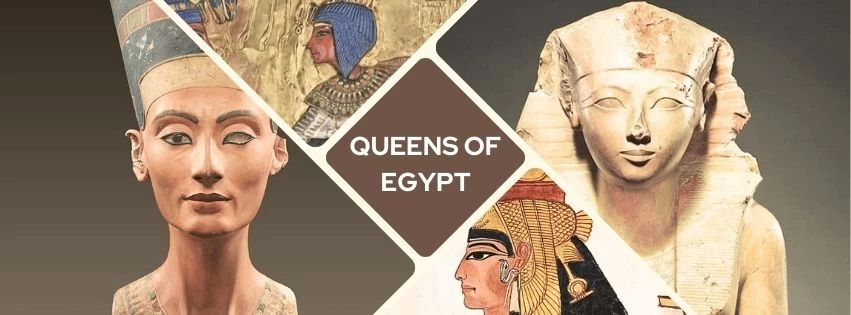
The legendary Ancient Egyptian Queen's Names
In a country dominated by the great river Nile and towering structures, the tales of powerful kings have survived through the years. These rulers included men, but several were queens whose stories had been told for centuries worldwide with descriptions of might, intelligence, and unwavering determination. At Respect Egypt Tours, Let’s get the hands of time-reversed backward and experience life in ancient Egypt alongside the queens who make the wonders of this ancient civilization.
Join us as we extend some of these women’s fantastic history stories in the dust sands of time. The queen cosigned a bond with the king, but she was never a simple crown; they were leaders, fighters, and skilled politicians. Every single one of them contributed to the innumerable records in the history of ancient Egypt, and to this day, their stories remain astonishing.
Royalty: Ancient Egyptian Queen Names
Imagine a land where the shimmering rays of the sun god Ra symbolized power and the line between mortal and divine blurred. Here, among the towering temples and grand palaces, queens stood beside kings-or sometimes in their place, the living embodiments of this celestial connection. The queens of Egypt weren’t just bystanders in history; they shaped it.
First Dynasty (c. 2920 BCE) – The Dawn of Queens
From here, we can define the first three dynasties in chronological order. The First Dynasty of ancient Egypt is known as a period during which Egypt formed a unified state for the very first time. As early as this, women were already situated within the royal family structure.
Queen Merneith (2920 BCE)

Merneith, the first woman in history to possess pharaoh powers, predates the renowned queens by many millennia. It is discernible that, apart from being just a queen, she was a ruler on some level. As her sepulcher was surrounded by famed pharaohs of the first dynasty shows. In the early years, she served as a guardian for her infant son and reigned instead of her son.
The impact of Merneith on her country’s history can be described as that of an invisible supporter. She was the initial Egyptian woman to challenge gender norms by wearing the crown, mirroring men.
Besides Nefertari, Ramses II had other wives, but none replaced or even came close to Nefertari.
Queen Neithhotep
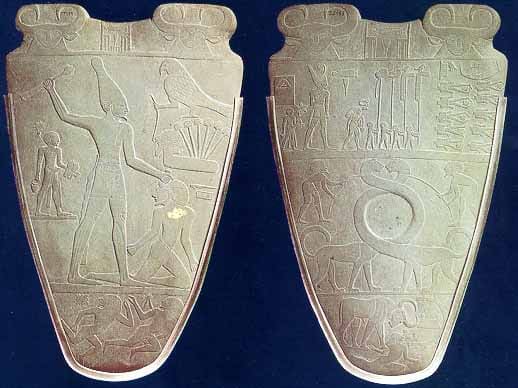
Neithhotep is already among the earlier queens in the history of Egypt, way before any of the more famous ones came into the picture. Acting as a regent, little is known about Neithhotep and her legacy. Neith was most likely named after a temple deity. From this, we can suggest she was revered in a temple as early as possible. What is known as her role was some mark of rule. Despite being quite normal, there is no confirmation or denial of information regarding her. The magnificence of the sepulcher created in her name proves that Neithhotep lived at a time of great power.
Sixth Dynasty (c. 2345 – 2181 BCE) – The Golden Age of Pyramids
The structure and culture of the Egyptian civilization reached a peak during the Old Kingdom, which was mainly depicted with the building of the Great Pyramids. During this time, the queens were instrumental in the stability and greatness of the kingdom.
Queen Nitocris
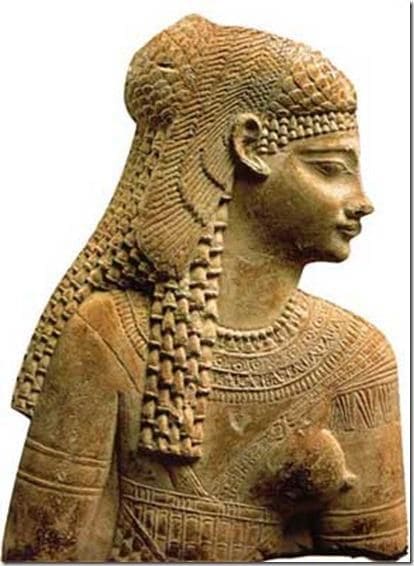
Legend suggests Nitocris was a mythical figure, not merely a lady. There is still a debate among historians on whether this person lived or is inventing ancient stories. Herodotus reports that Nitocris punished the murderers of her brother by flooding a banquet hall and drowning them in the water. Fiction or not, the image of Nitocris intertwines retribution, justice, and strength in times of treason.
Twelfth Dynasty (c. 1991 – 1802 BCE) – The Middle Kingdom Queens
During the Middle Kingdom, the strength and vigor of Egypt revived, and queens became more publicly visible, performing religious as well as political activities.
Queen Sobekneferu (1806-1802 BCE)
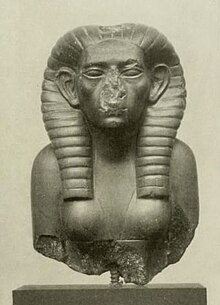
Sobekneferu was an African female ruler who came to power in a society where a female pharaoh was almost unthinkable. She was the last king of the 12th dynasty of Egypt. Although her reign lasted only a few years, it was uneventful, positively. Sobekneferu was anything but ordinary. The last king of the 12th dynasty of Egypt. She aimed higher than being a queen. She claimed to be the Pharaoh—the very title, which was uncommon, even unheard of for women. Under the name of the crocodile god Sobek, she filled the period of her rule with religion and some revolution in society. While short-lived, Sobekneferu’s role as a ‘queen-pharaoh’, however, has begun the path for other future ruling queens, such as Hatshepsut, to take powers into their own hands.
Eighteenth Dynasty (c. 1550 – 1292 BCE) – The Age of Powerful Queens
The Eighteenth Dynasty is regarded as the most glorious period in Ancient Egypt’s history. It is also the epoch when some of the most powerful and most renowned queens came to the forefront, not only controlling Egypt but also controlling the world.
Queen Hatshepsut (1479-1458 BCE): The Woman Who Became King
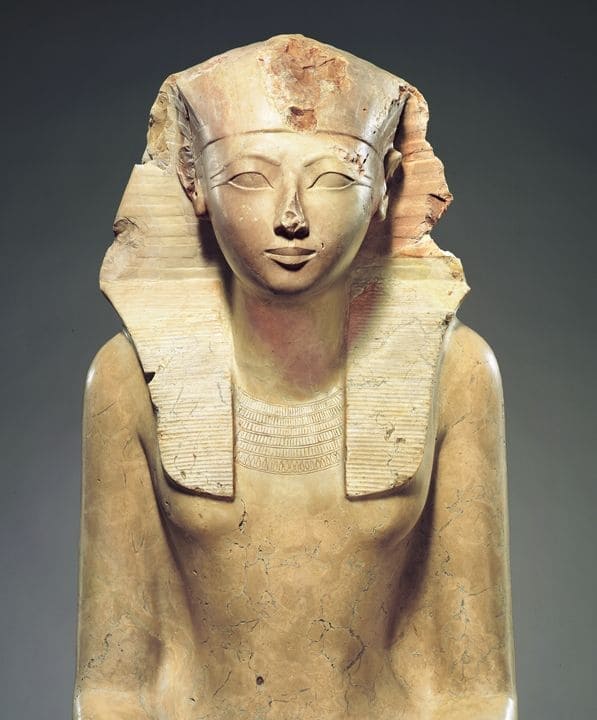
With deep dedication and insight, Hatshepsut prides herself on and remains unsurpassed anywhere within the lengthy corridors of the Egyptian past. A queen who simply did not accept the status of a ruler proclaimed herself, ‘I am Pharaoh’. What kind of bravery is needed to wear the royal headdress reserved for men and confidently announce to the people of Egypt, "I am Pharaoh"?
Hatshepsut’s rise to power was not smooth. She was a king’s daughter, a king’s wife, and a king’s mother. However, when the time came, she became ruler of the country, but instead of being a co-regent, she was the only one and the only rightful Pharaoh. Hatshepsut ruled successfully for 22 years. As Queen, Egypt flourished with internal and external tranquility and impressive constructions. Such as the Temple of Deir el-Bahari, which even historians today find hard to comprehend, and many more towers.
But Hatshepsut’s rule was important not only from the standpoint of monument construction. She claimed the right of a woman to rule and refused herself the gender role prescribed by society. Therefore, she rewrote the notion of ruler in Ancient Egypt.
Queen Nefertiti (1370–1330 BCE): The Icon of Beauty and Power
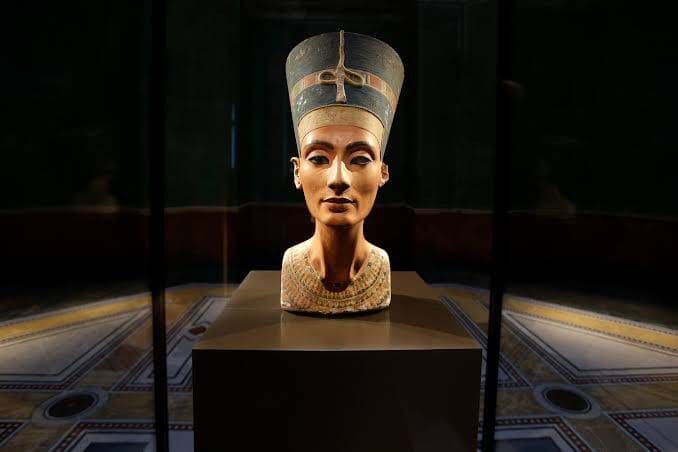
Imagine a beholder at the setting sun and bathed in its orange light as it sinks into the Akhenaten Palace. The glimmer of the sun's disc delicately traces Nefertiti's portrait of the Egyptian Goddess, as if this divine sura that her husband sorely loves embraces it. Her extraordinary features that remain sculpted in a bust representing a piece of beauty could be her grace. However, this lady, Nefertiti, did not use her physical appearance.
As Pharaoh Akhenaten’s wife, Nefertiti played a significant role in Egypt’s religious revolution, which centered on the worship of the sun god Aten. The two and Akhenaten departed from the false gods of Egypt, which swept the Egyptian society off its feet.
Some historians posit that Nefertiti probably acted like a king in Egypt under the name of Neferneferuaten after her husband died. She held great power and had a significant impact. Historians remain captivated by the chief’s mysteries and the true essence of her influence.
Queen Tiye: The Matriarch of Amarna
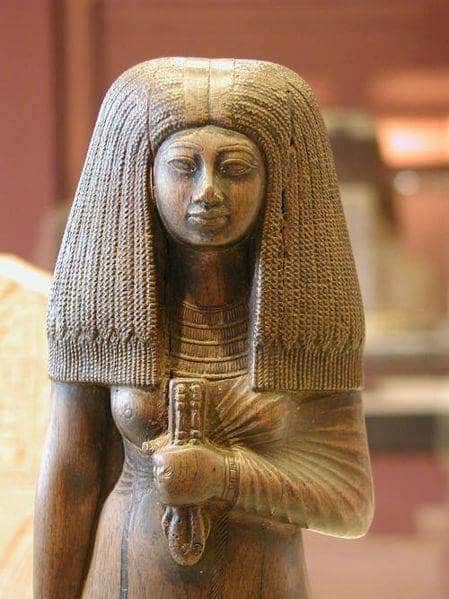
Tiye was born to a common and became one of the strongest queens in Egypt. She was the wife of Pharaoh Amenhotep III and mother of Akhenaten. But Tiye was no usual royal spouse–her ability to persuade and administrative skills brought her into power in the interior and the state's exterior. Her role in the country’s external relations and diplomacy went beyond the court’s activities and was significant.
During the Amarna period, factors like a queen’s character and motherly image contribute to intense emotions.
Queen Ankhesenamun
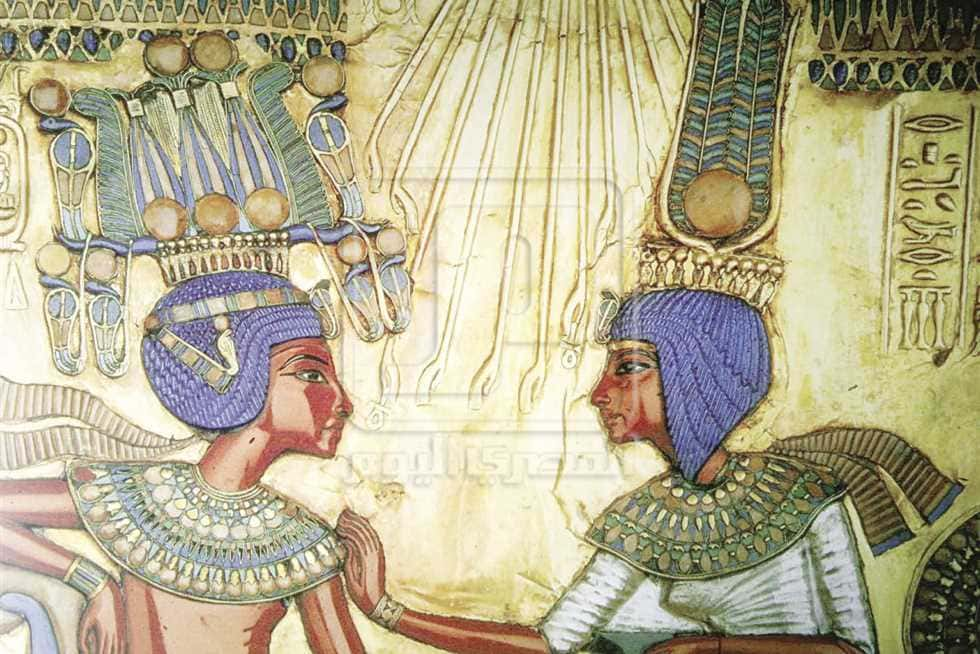
Ankhesenamun was young and in the limelight, and had had her taste of loss. Later in life, she married King Tutankhamun. He made her ruler at a young age, during a time considered one of the most unstable periods in Egyptian history. Widowhood was hard for her since she lost her spouse; this forced Ankhesenamun to seek new relations with foreign leaders. Through her messages to the Hittite monarch, she demonstrates the extent of her suffering and acknowledges the precarious future of a king’s widow in palace intrigues.
Ankhesenamun’s story reveals an incredible determination, even if her ultimate destiny is still a puzzle.
Nineteenth Dynasty (c. 1292 – 1189 BCE) – The Age of Warrior Kings and Beloved Queens
The nineteenth dynasty was dominated by warrior Pharaohs, during which, some of the most revered queens of ancient Egypt, were active in diploma thy and religion.
Queen Nefertari: The Favorite Wife of Ramses II
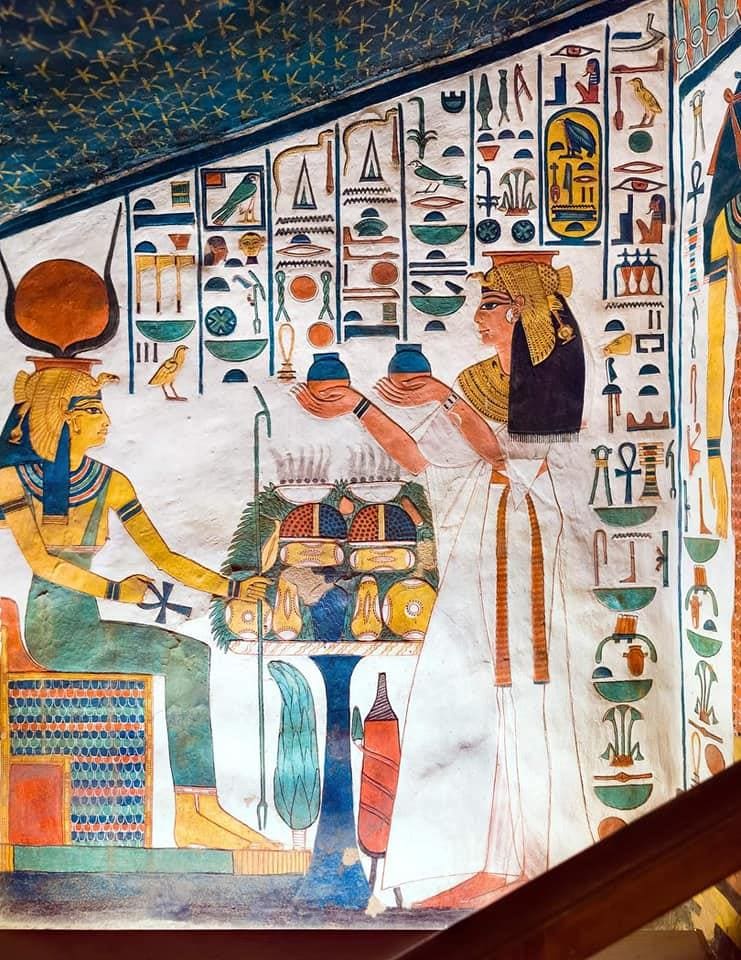
The love affair of Ramses II with Nefertari is the stuff that one tells generations to come. Ramses, a Pharao of Egypt synonymous with fame and power, married quite several women, but Nefertari was his favorite wife. Her tomb in the Valley of the Queen betokened how much Ramses loved her. The vibrant images on the wall of her tomb illustrate stories of her earthly beauty and elegance. Her position in the burial chamber is impressive in terms of her significance. She was much loved as a wife, but Nefertari was also an influential politician and a warrior priestess with active participation in diplomatic and religious spheres. She proved to be one of the most valuable aides to Ramses owing to her intellect and common sense.
Queen Twosret
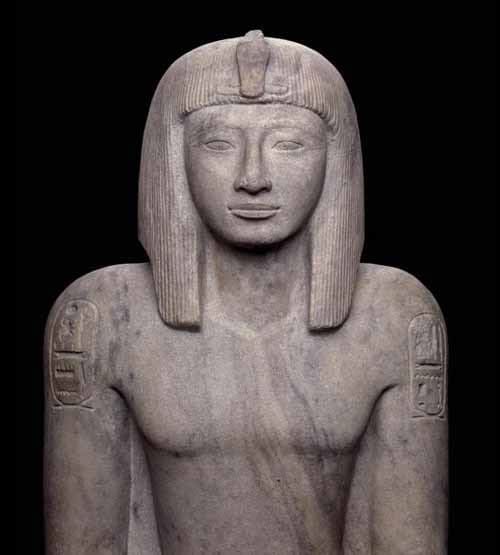
Twosret was among the later queens who ruled during the Nineteenth interconnected Egyptian dynasty. Think of her husband Seti II, who first acted as Keiser’s guardian, Tim herself. Twosret, therefore, usurped the throne and became one ruler of Egypt, known under her name. The reign of Twosret was rather stormy, and her death marked the end of the New Kingdom in Egypt and the onset of the Third Intermediate Period.
Ptolemaic Dynasty (305 – 30 BCE) – The Hellenistic Queens
The Ptolemaic Dynasty originated after the demise of Alexander the Great and is characterized by the Greco-Egyptian Acculturation. This dynasty produced one of the most seductive queens of Egypt, who is still a subject of interest for many today.
Queen Cleopatra (69–30 BCE): The Last Pharaoh of Egypt
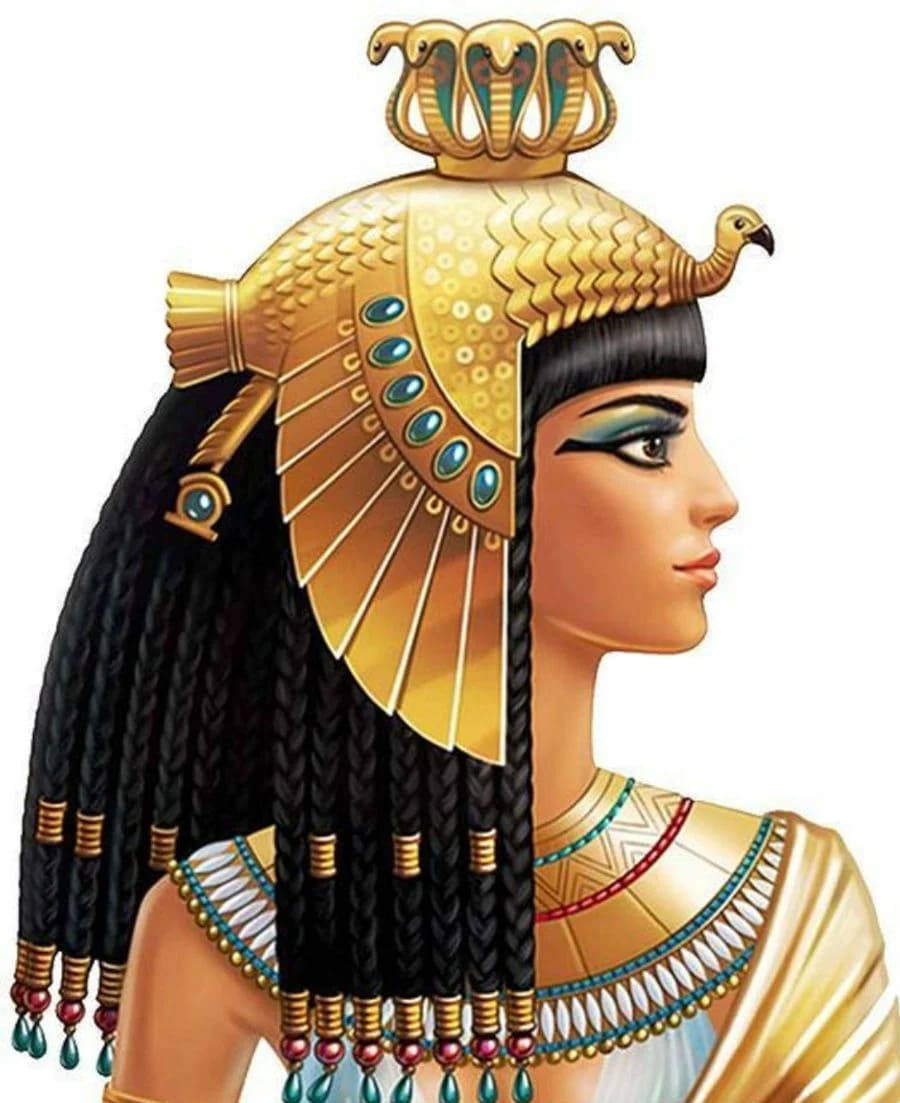
Cleopatra, the last queen of Egypt, has captivated people for centuries with her ability to seize control of an empire. Images of beauty and charm simply do not do justice to her name. It’s not just about beauty. A symbol for all? Certainly not. Cleopatra had more to offer than just her beauty. She was a fierce intellectual and strategist in many Roman wars. Thus, she became the mistress of Julius Caesar and later Mark Antony. But not for the sheer pleasure of romance, but for the independence of Egypt’s borders. However, they also crowned Cleopatra as the last pharaoh of Egypt. Cleopatra defied the horrors of her times and accomplished things that no Pharaoh was expected to do. Cleopatra’s political marriages turned into weapons when integration was in the sights of the kingdom. She understood how power works, and for some time, turned the tables on it. But with Octavian and the forces of Rome on the rise, those clever schemes faded. Finally, in a fight with her self-preservation, Cleopatra killed herself, robbing others of ever making her government surrender.
The First Egyptian Queen
Warrior, regent, and politician may be the words that can describe Merneith, who may be the first among the female rulers of Egypt. Hero status in history, among the contentious core features of the early Egyptian state, is marked as indeterminate. Her personality and power allowed other women to inherit the throne in the following generations.
How Did Cleopatra Become Pharaoh?
The political ascendency of Cleopatra engaged in plots, forming bonds and unwavering determination. Born in the Ptolemaic line, she played with the power politics of the Romans, first with Julius Caesar and with Mark Antony. Cleopatra’s sweetness and intelligence propelled her to become the final Pharaoh of Egypt, where she bravely defended her realm against the relentless expansion of the Roman Empire.
The Most Powerful Queen of Egypt
Many people remember Hatshepsut as the most potent monarch compared to other queens. She, known as Pharaoh, acted as the king of Egypt with extreme assertiveness and controlled the state for a prolonged period of peace. Construction works, such as constructing her famous funerary temple, characterized her reign. Impressive achievements as a daring woman ruler and pharaoh still endure.
Who Were the Four Famous Queens of Egypt?
Throughout its history, Egypt has had many powerful queens, but the following four are worth mentioning to represent Egyptian royalty:
Cleopatra VII: She was the last Pharaoh and is known for using Rome for her political marriage.
Hatshepsut: He was the Pharaoh who reigned and acted as male.
Nefertiti: An innovative queen known for changing the face of religion in Egypt.
Nefertari: The most cherished consort of Ramses II, who was a diplomat and pretty.
How Many Queens of Egypt Are There?
Egypt was under the reign of many kings and queens, be it as consorts or as ruling pharaohs. All contributed to the history of Egypt. Some, such as Pharaoh Hatshepsut and Queen Cleopatra, reigned as Pharaohs, while others, such as Nefertiti and Nefertari, were powerful queens who were married to Pharaohs. Pinning down the square number is challenging, but history accounts for every queenly woman.
From Cleopatra’s strategic intellect to Hatshepsut’s courageous rule, ancient Egyptian queens occupied much more than the title of queen; they were heralds, leaders, and legends in their own right. Famous in their own right, these queens went beyond the pages of history with a legacy behind their name that continues to arouse imagining history lovers. At Respect Egypt Tours, we would like to offer you the opportunity to do the same by unveiling the marvelous stories these extraordinary women left behind.
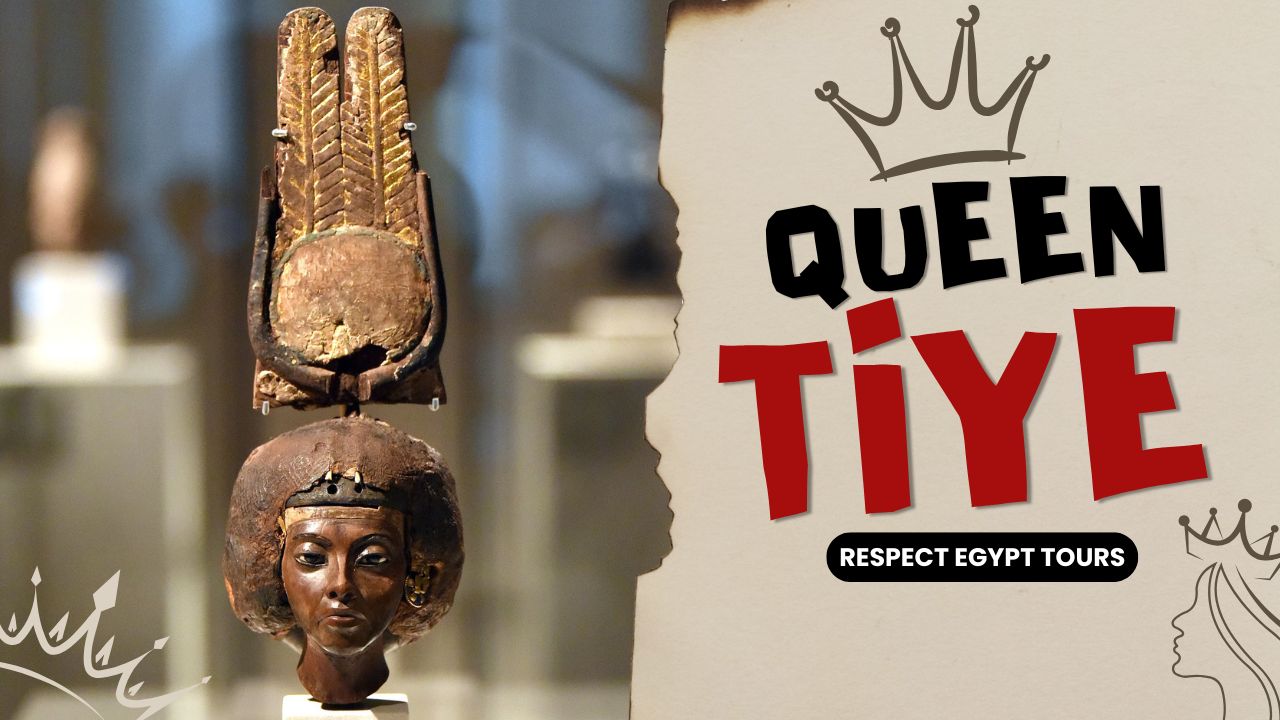
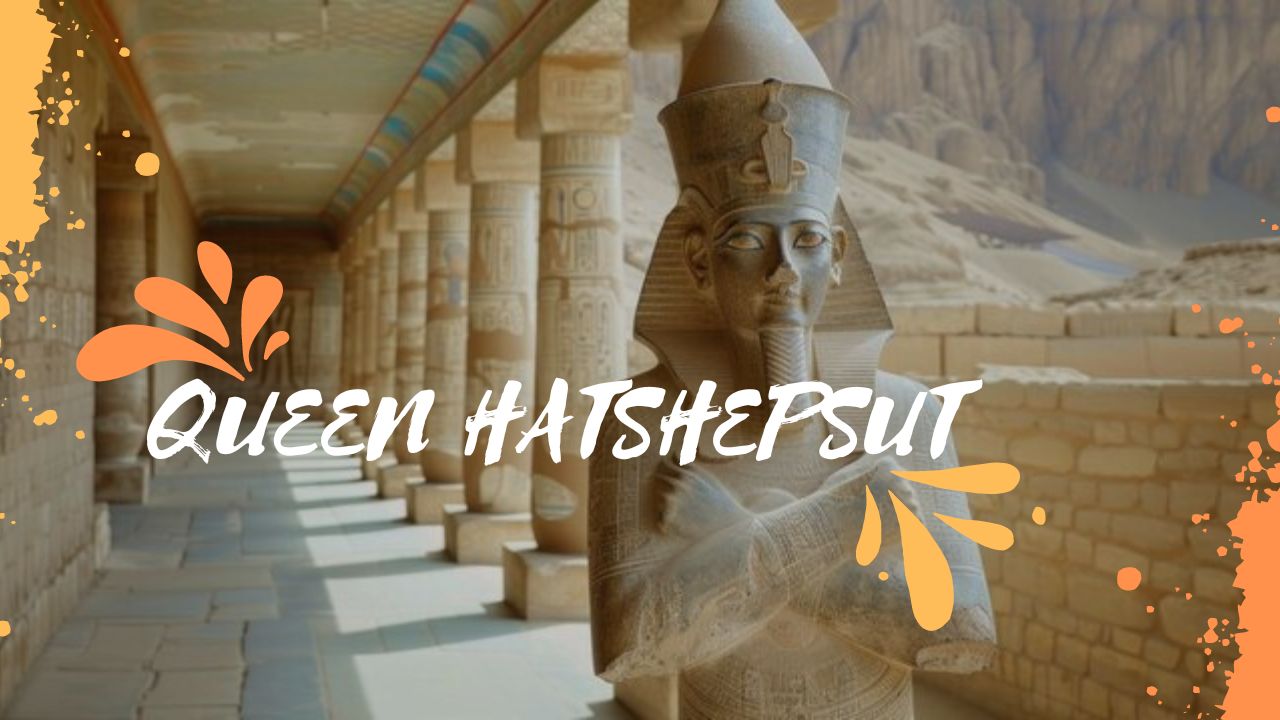
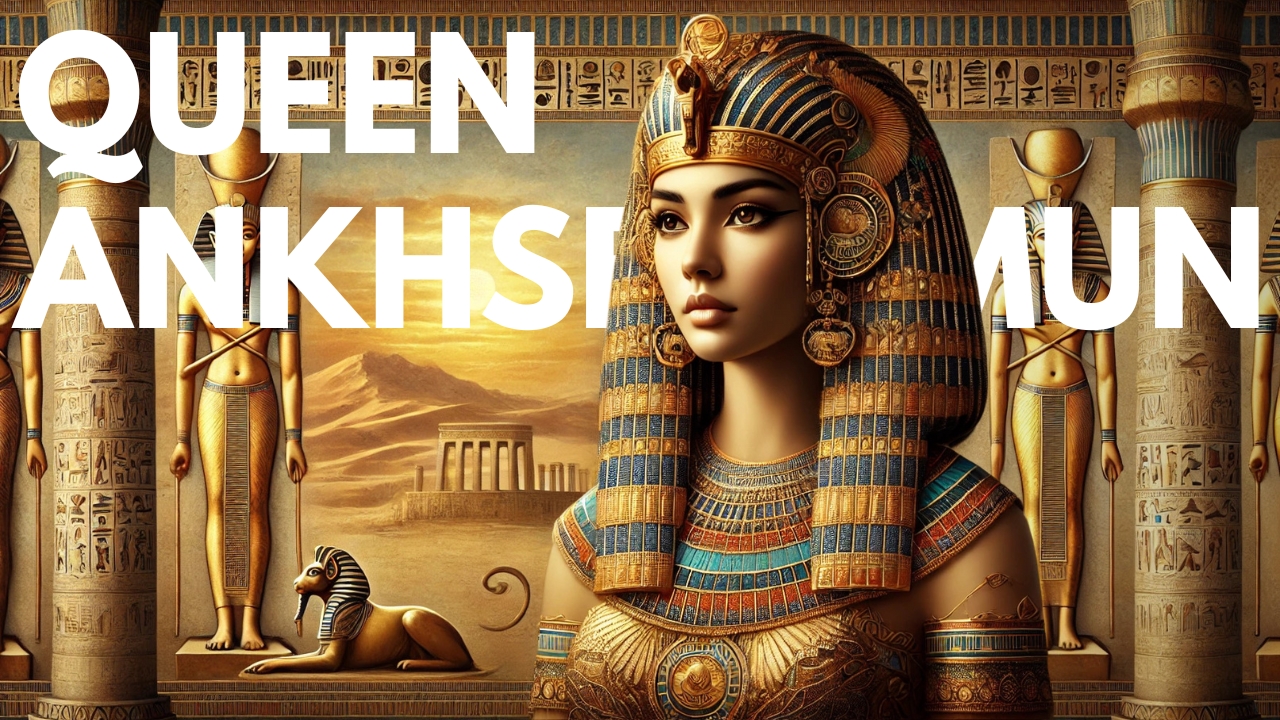






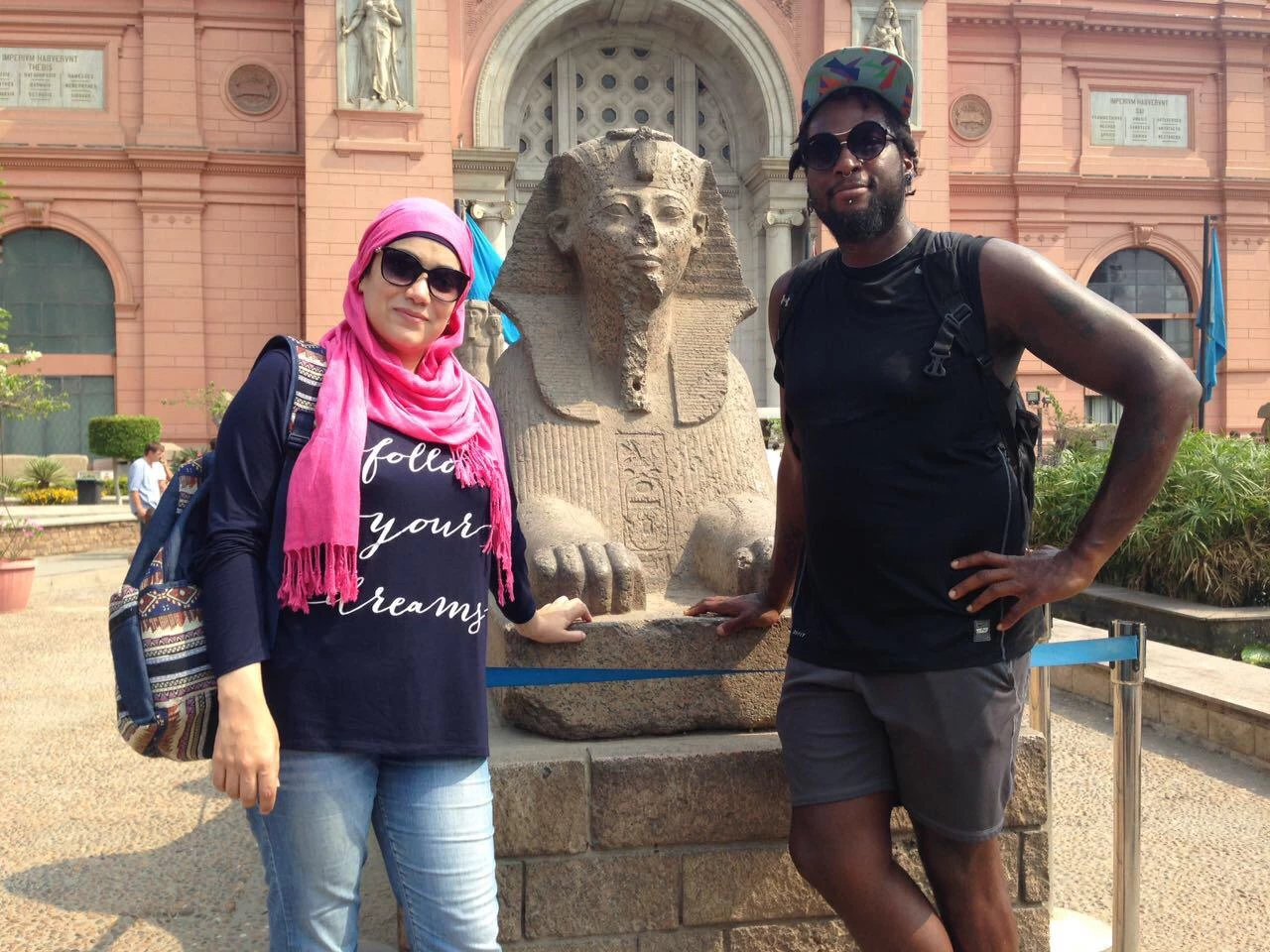


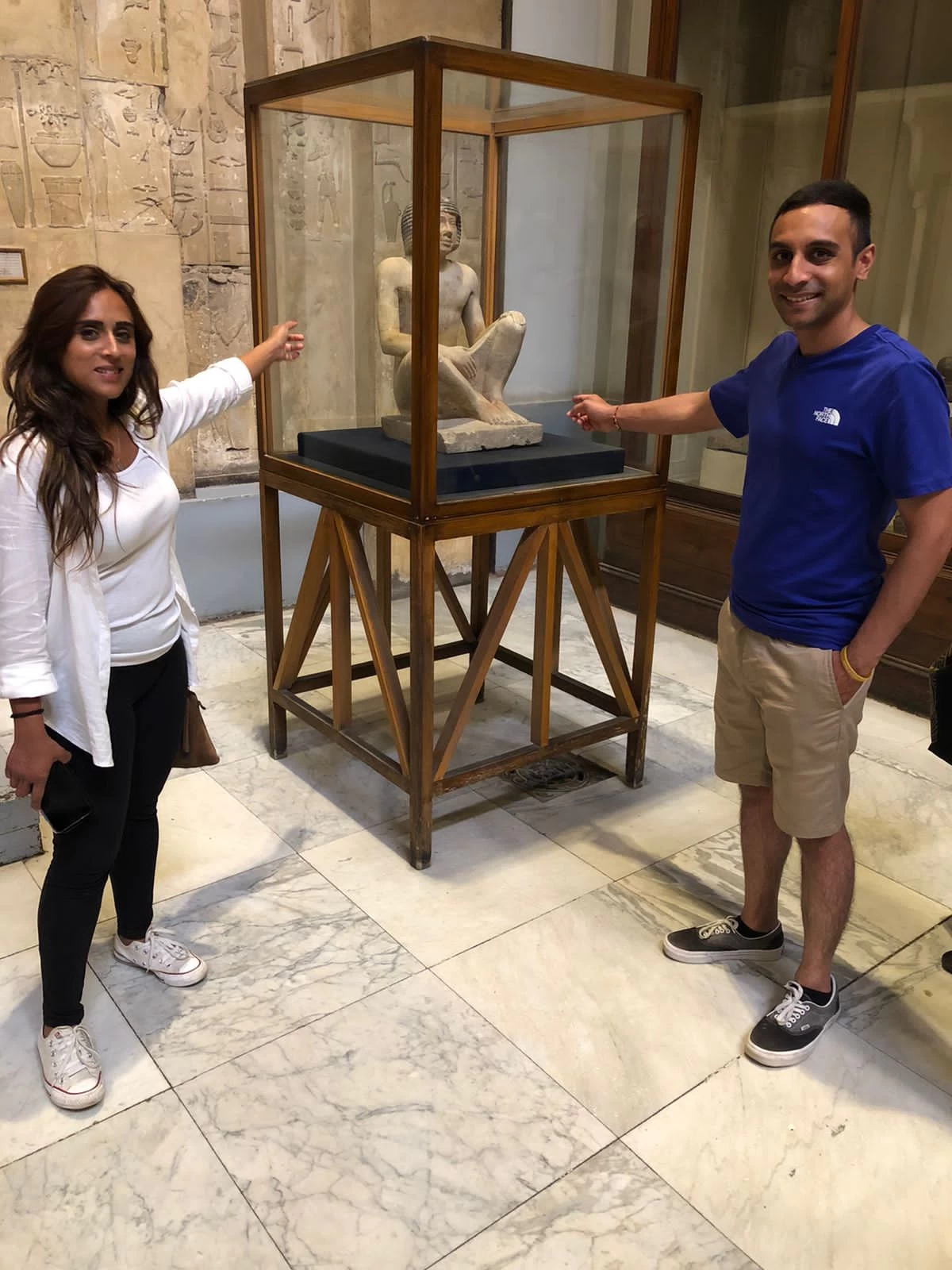

-webp.webp)



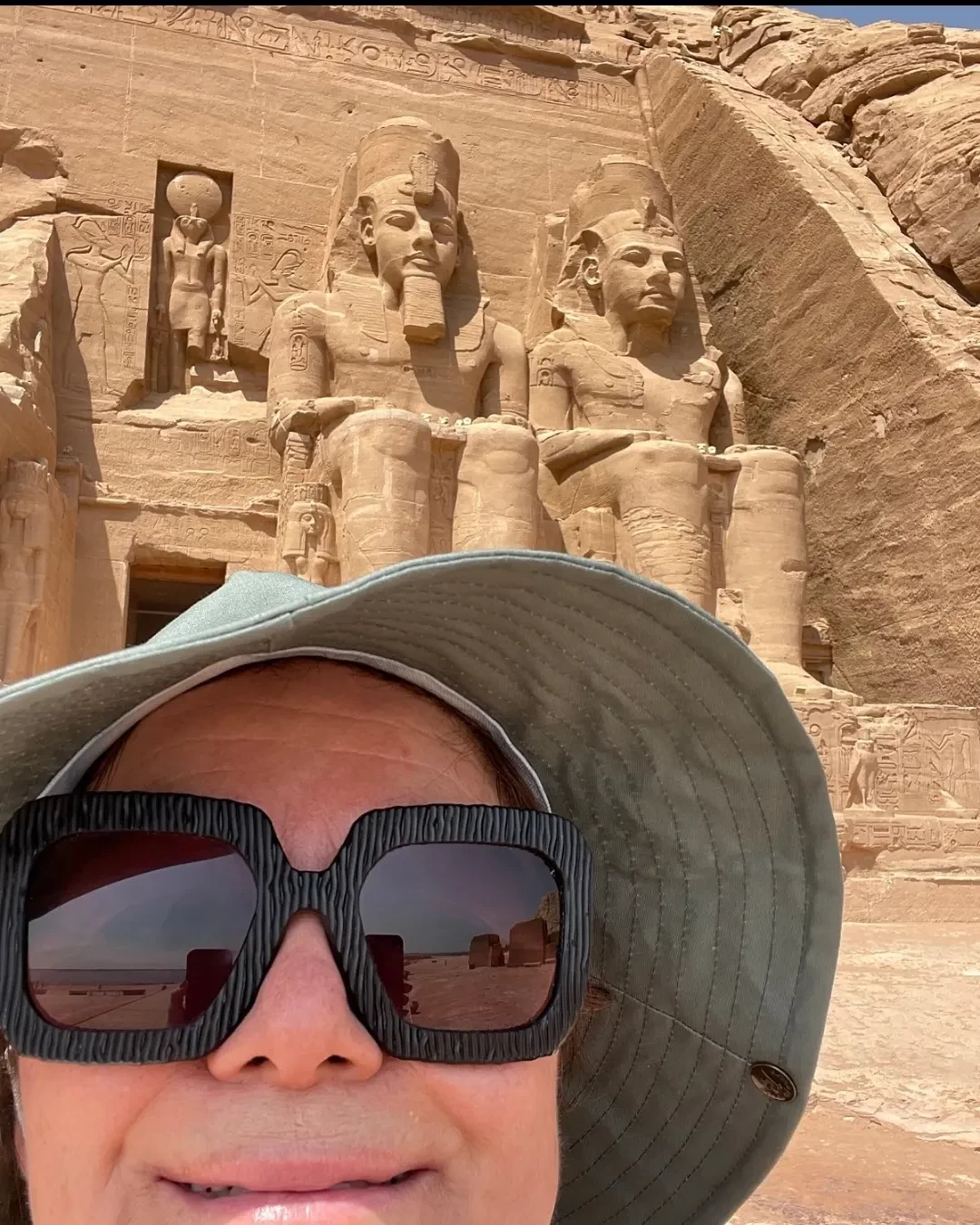
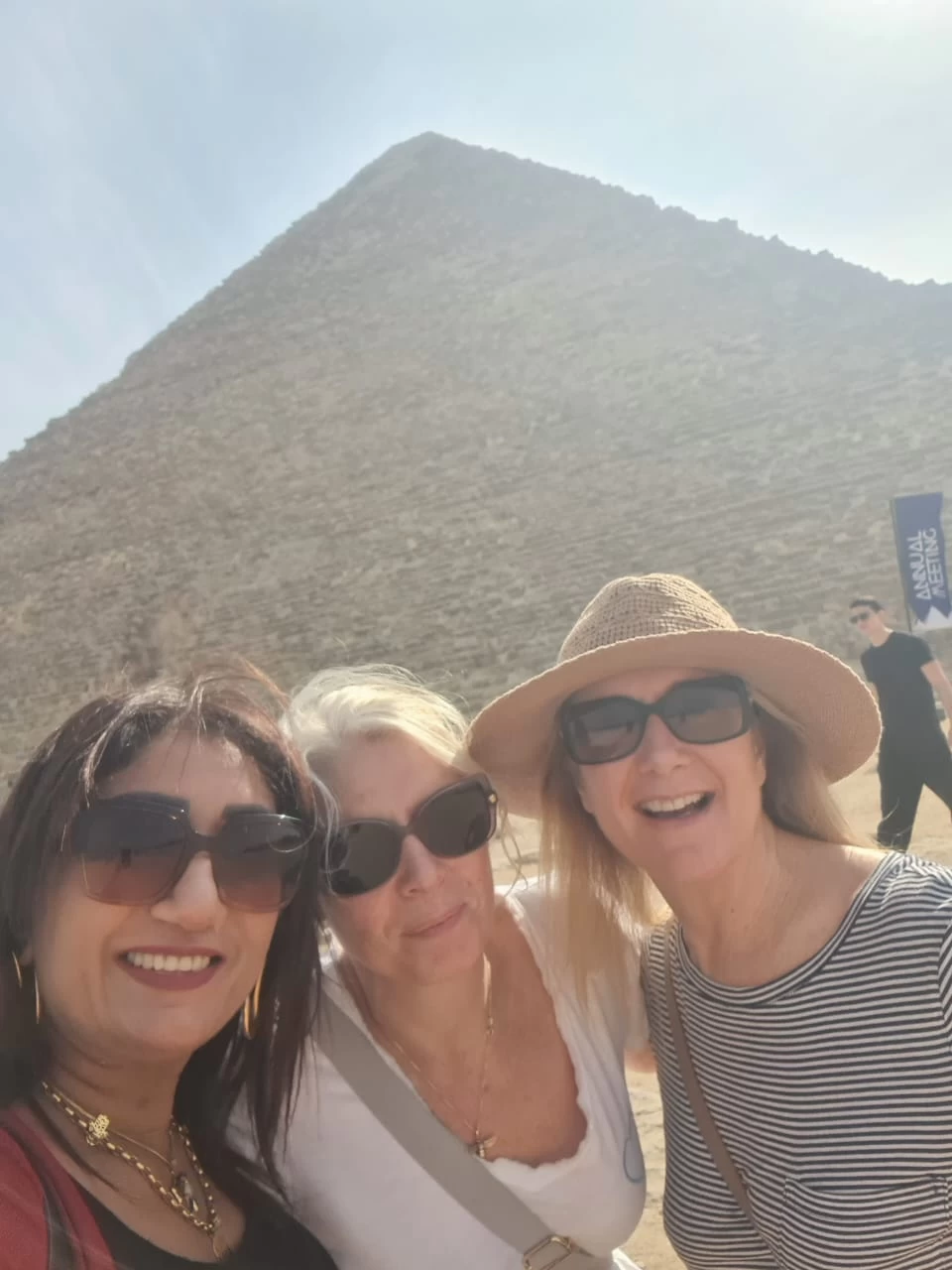
-webp.webp)


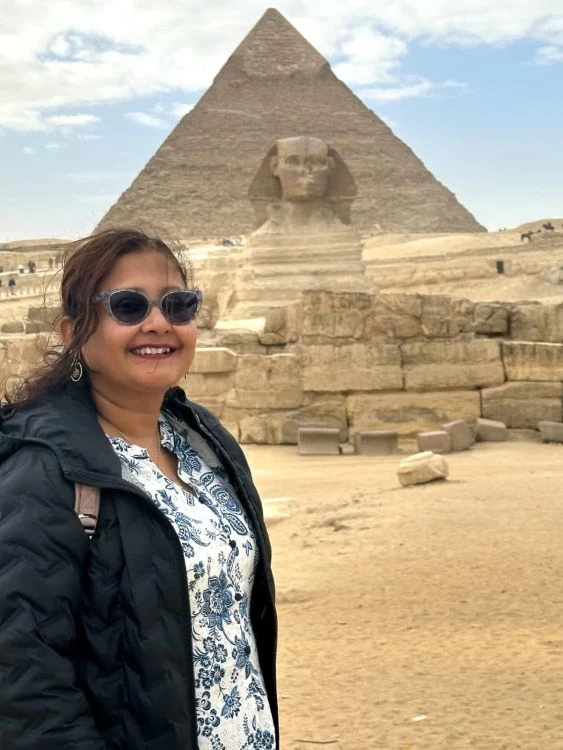
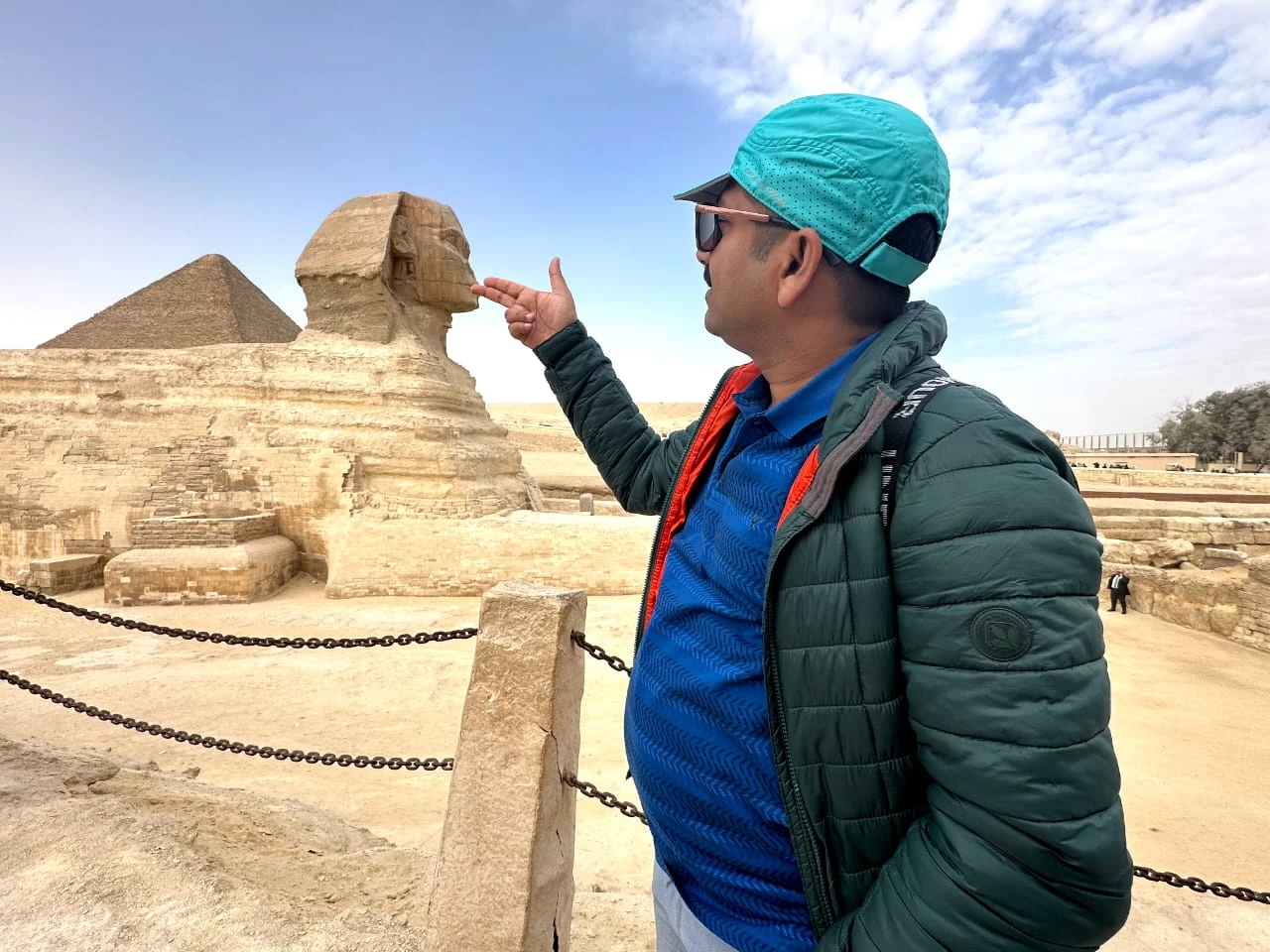
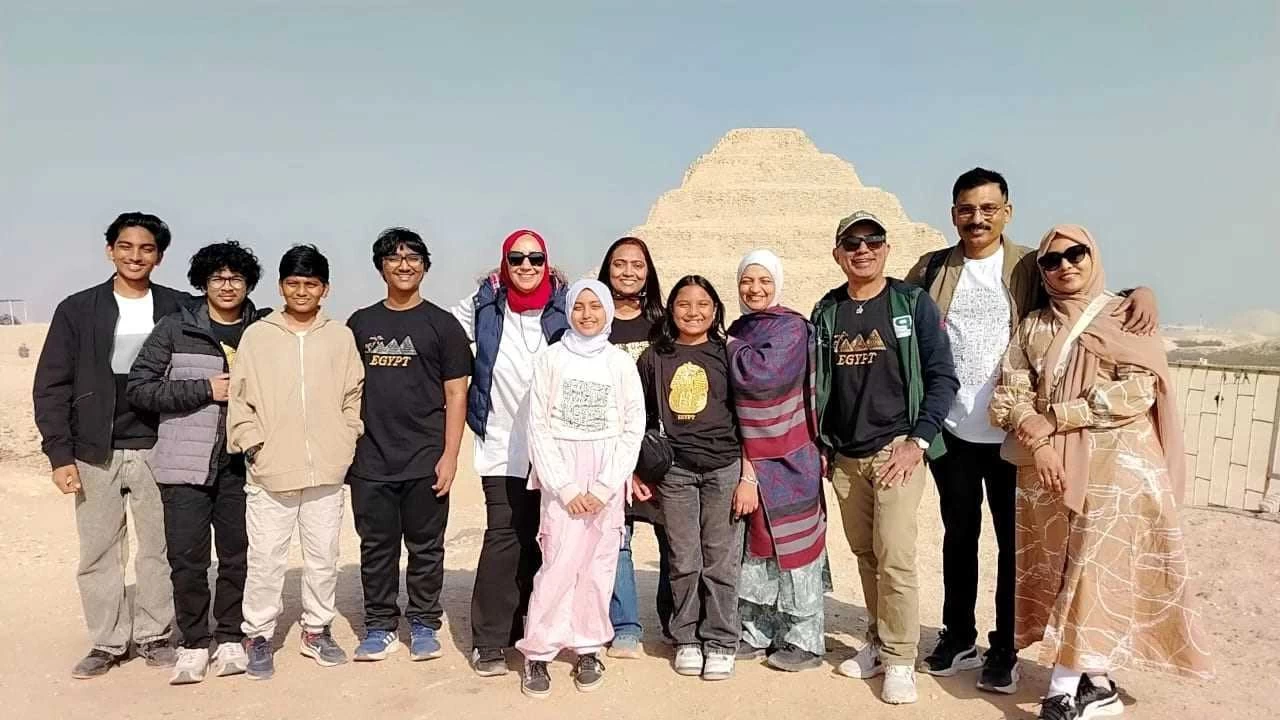
-webp.webp)
-webp.webp)
-webp.webp)



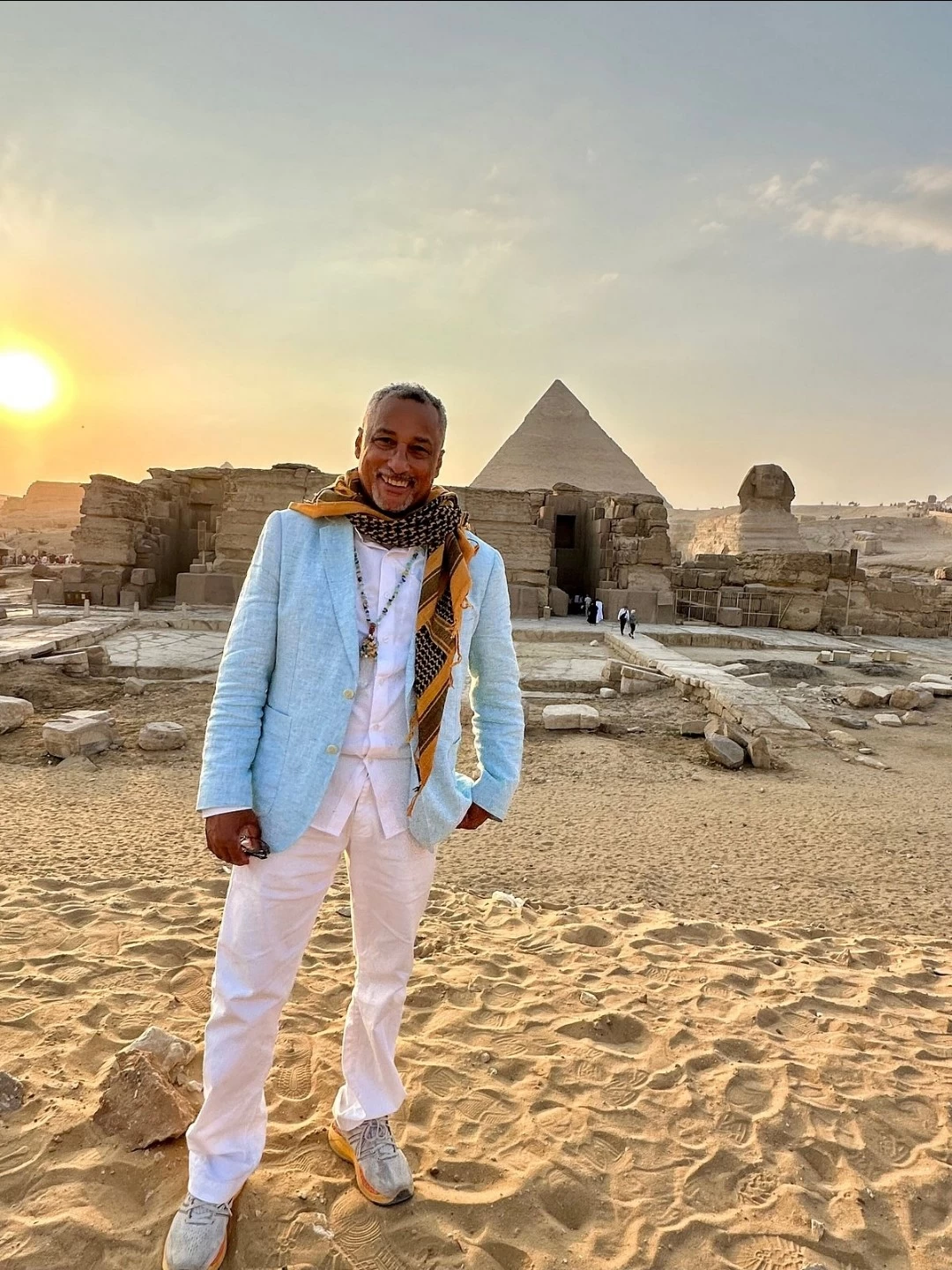


-webp.webp)
-webp.webp)
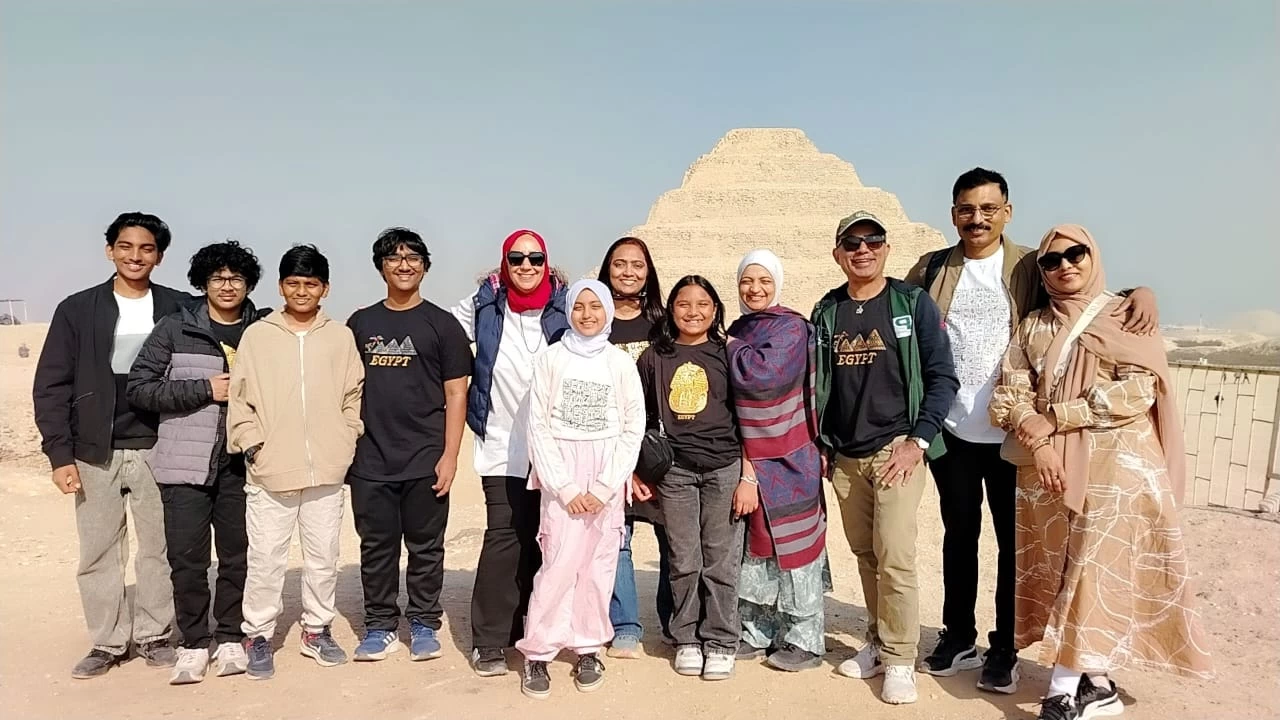
-webp.webp)
-webp.webp)
-webp.webp)
-webp.webp)
-webp.webp)
-webp.webp)
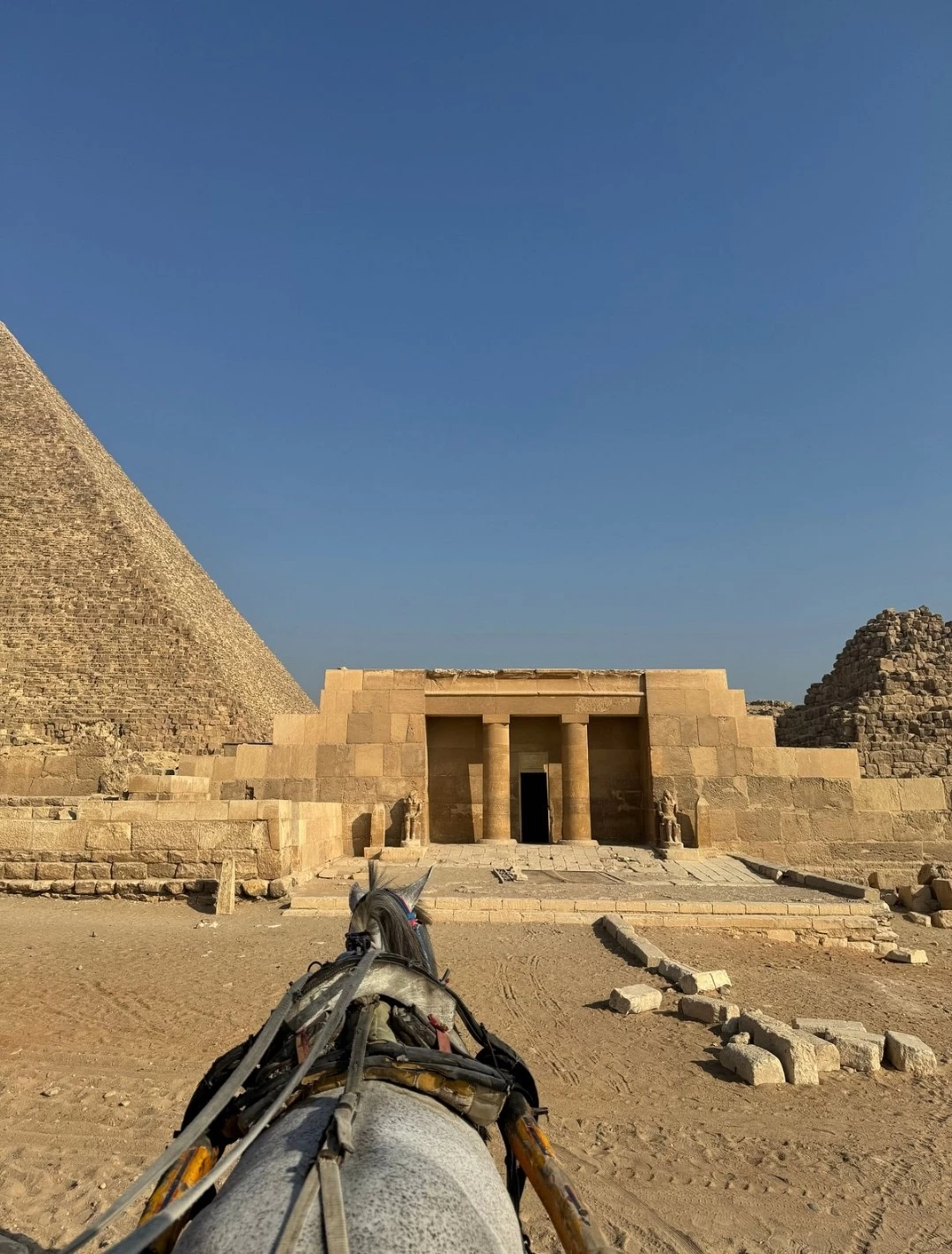
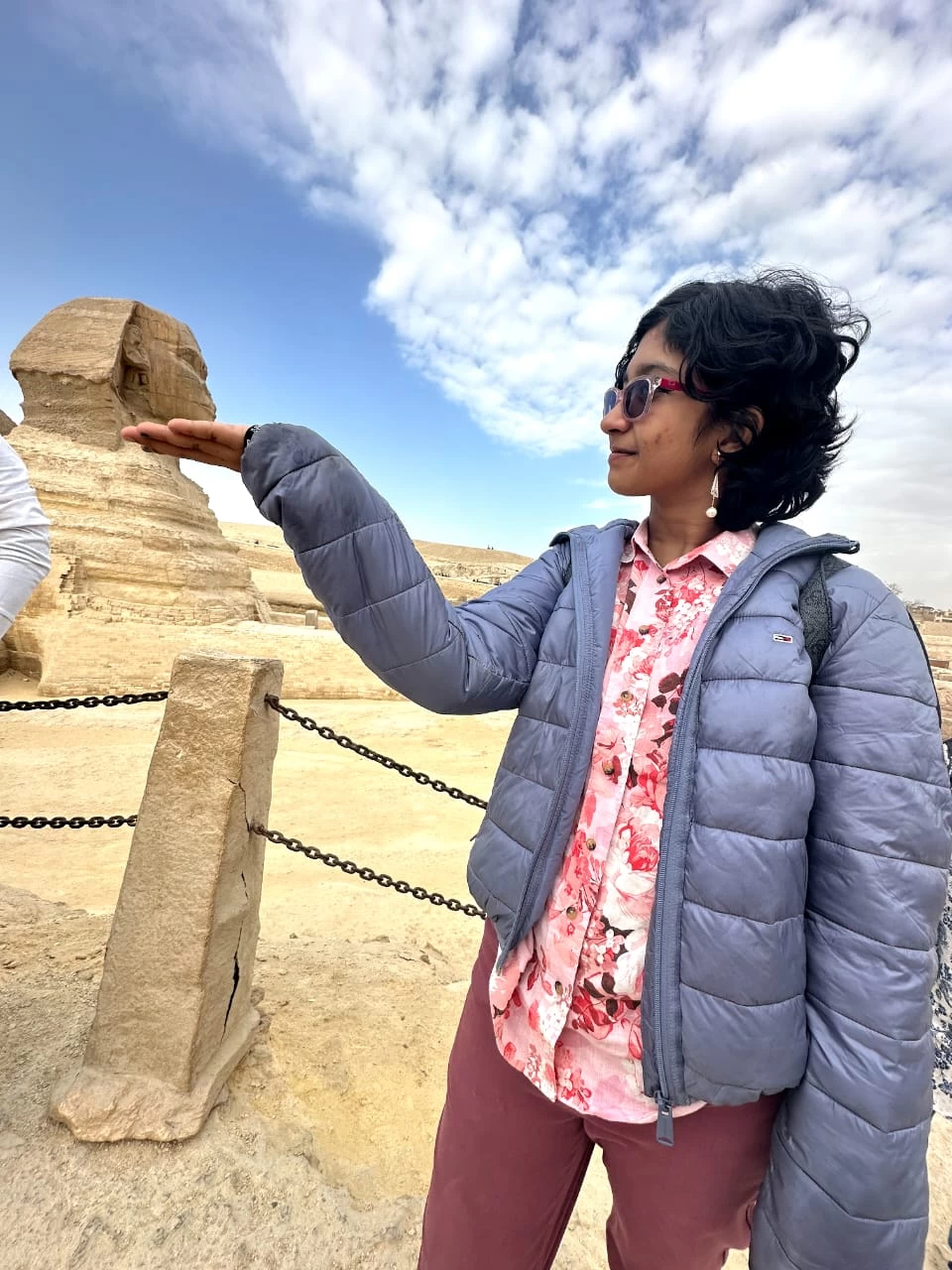
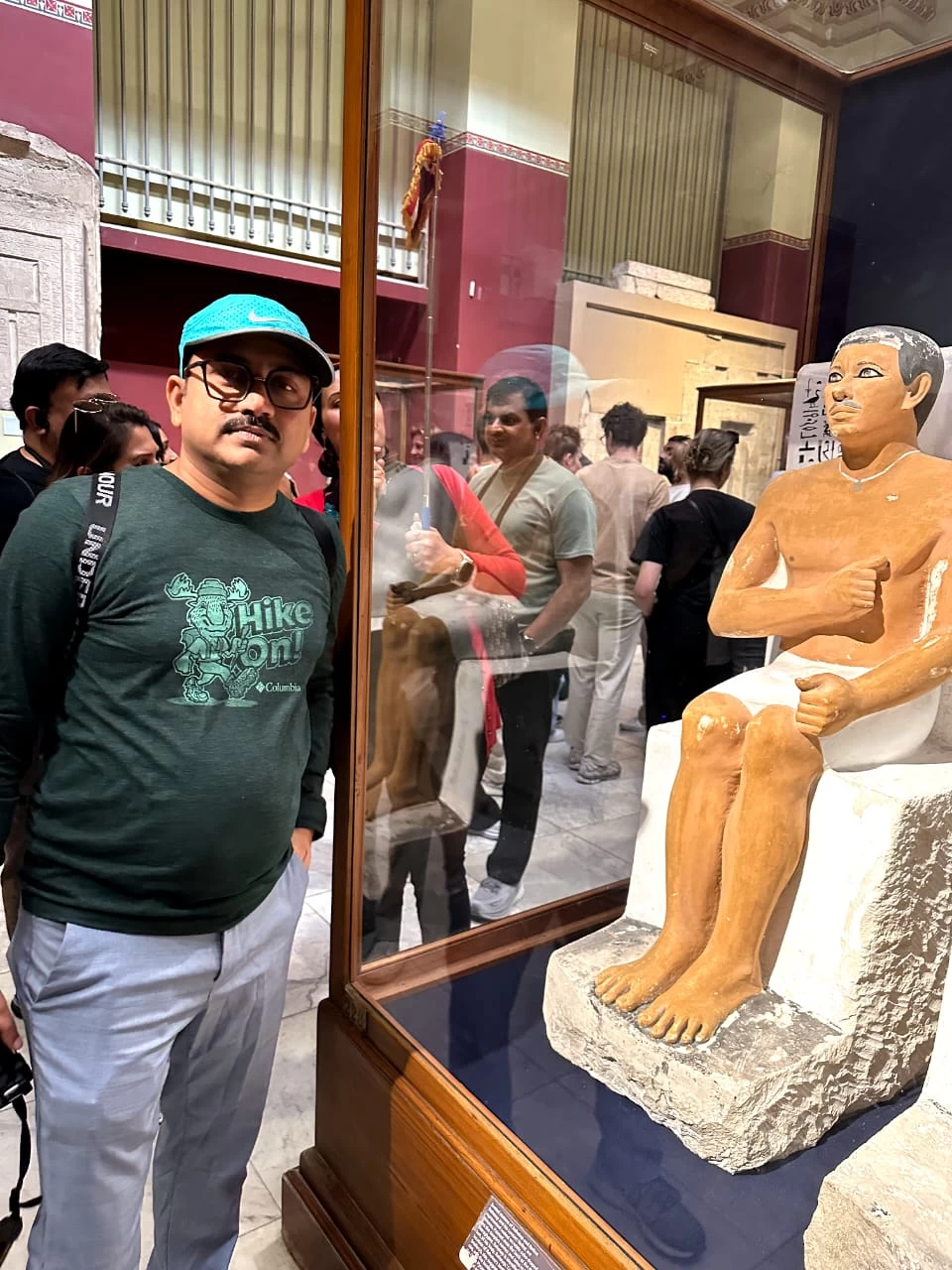
-webp.webp)
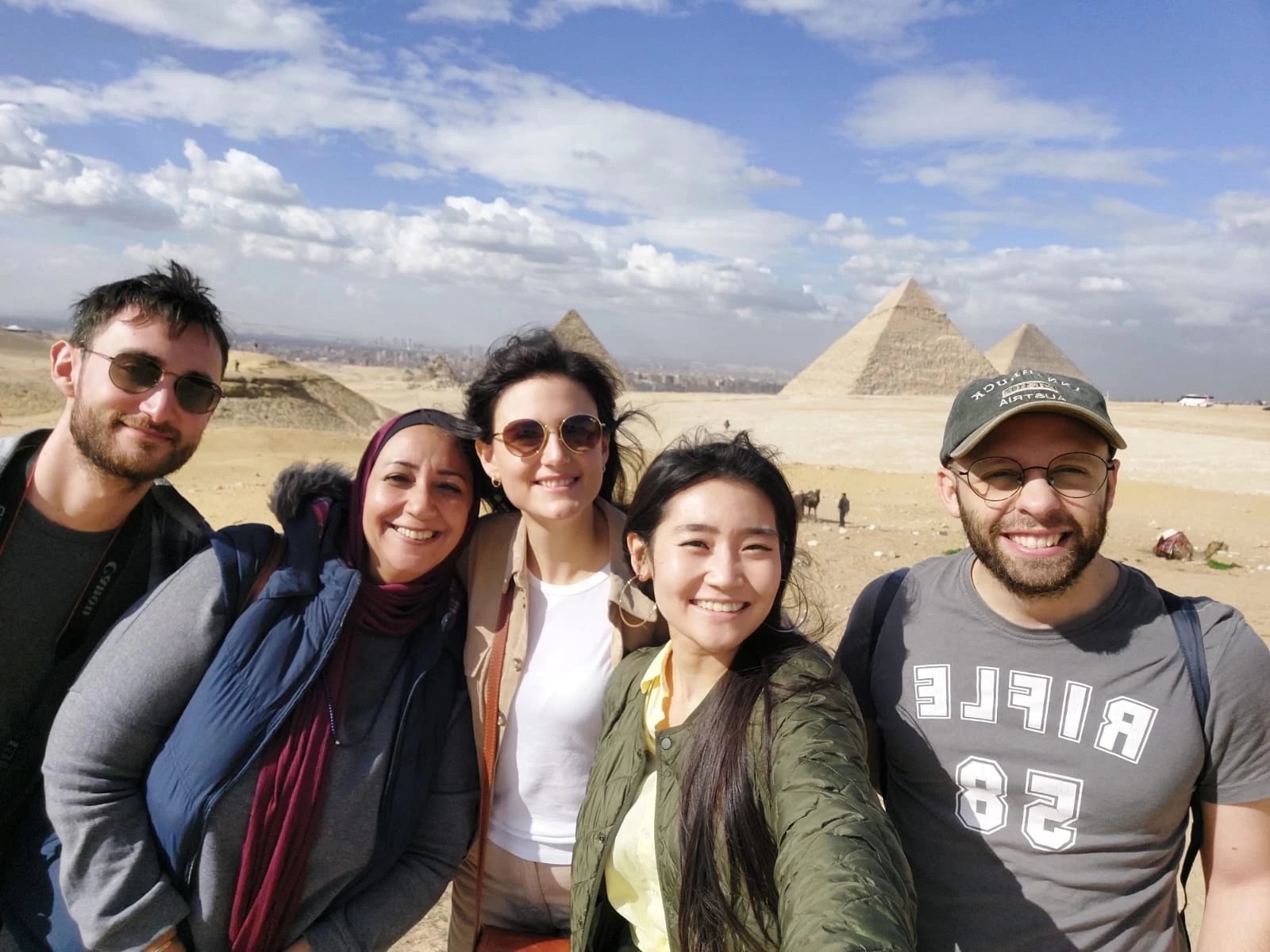
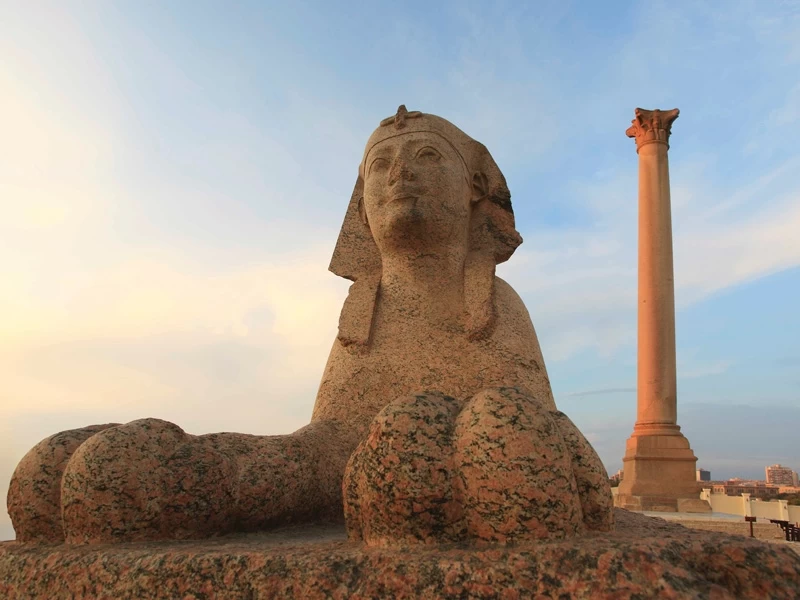
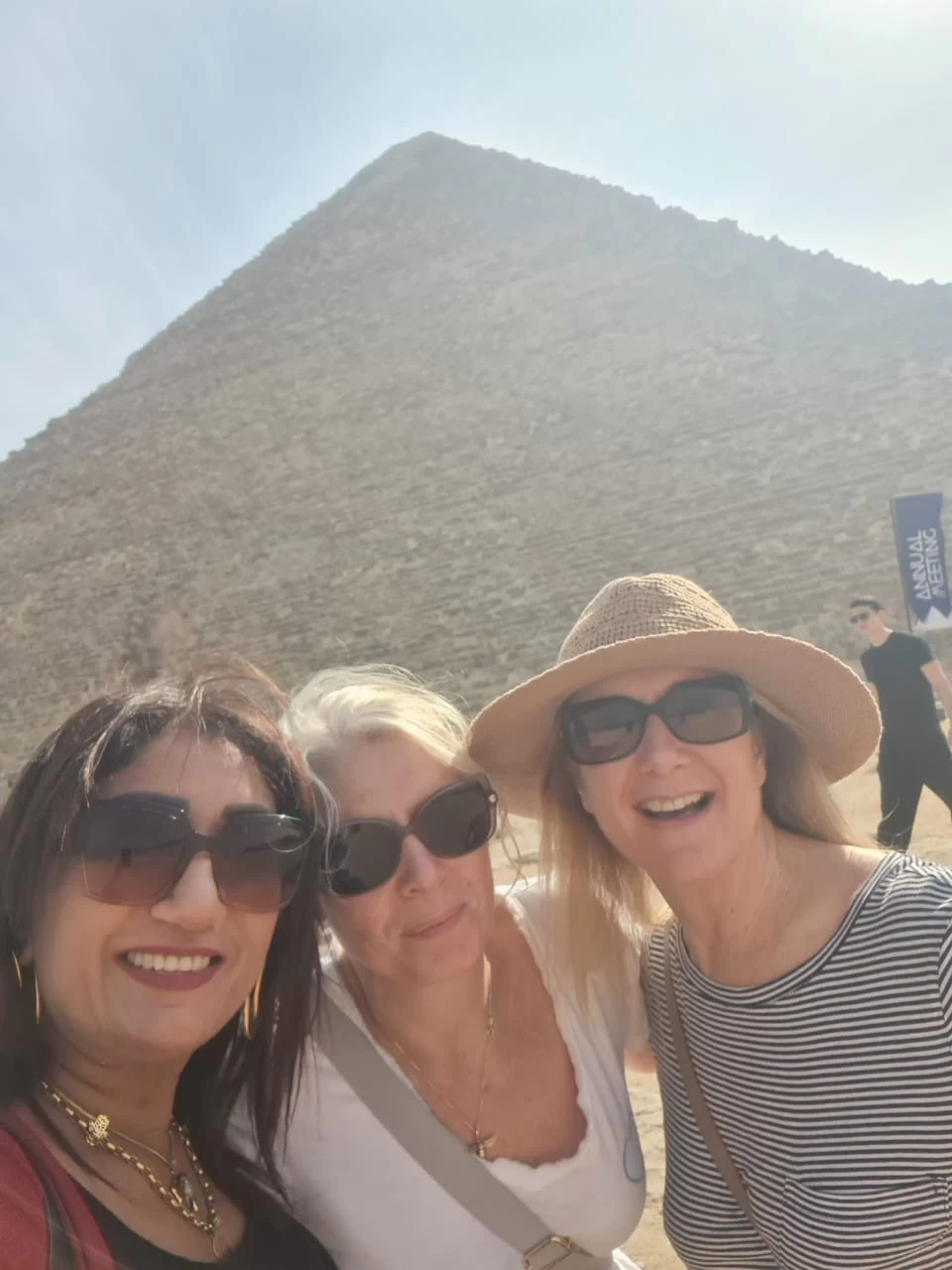


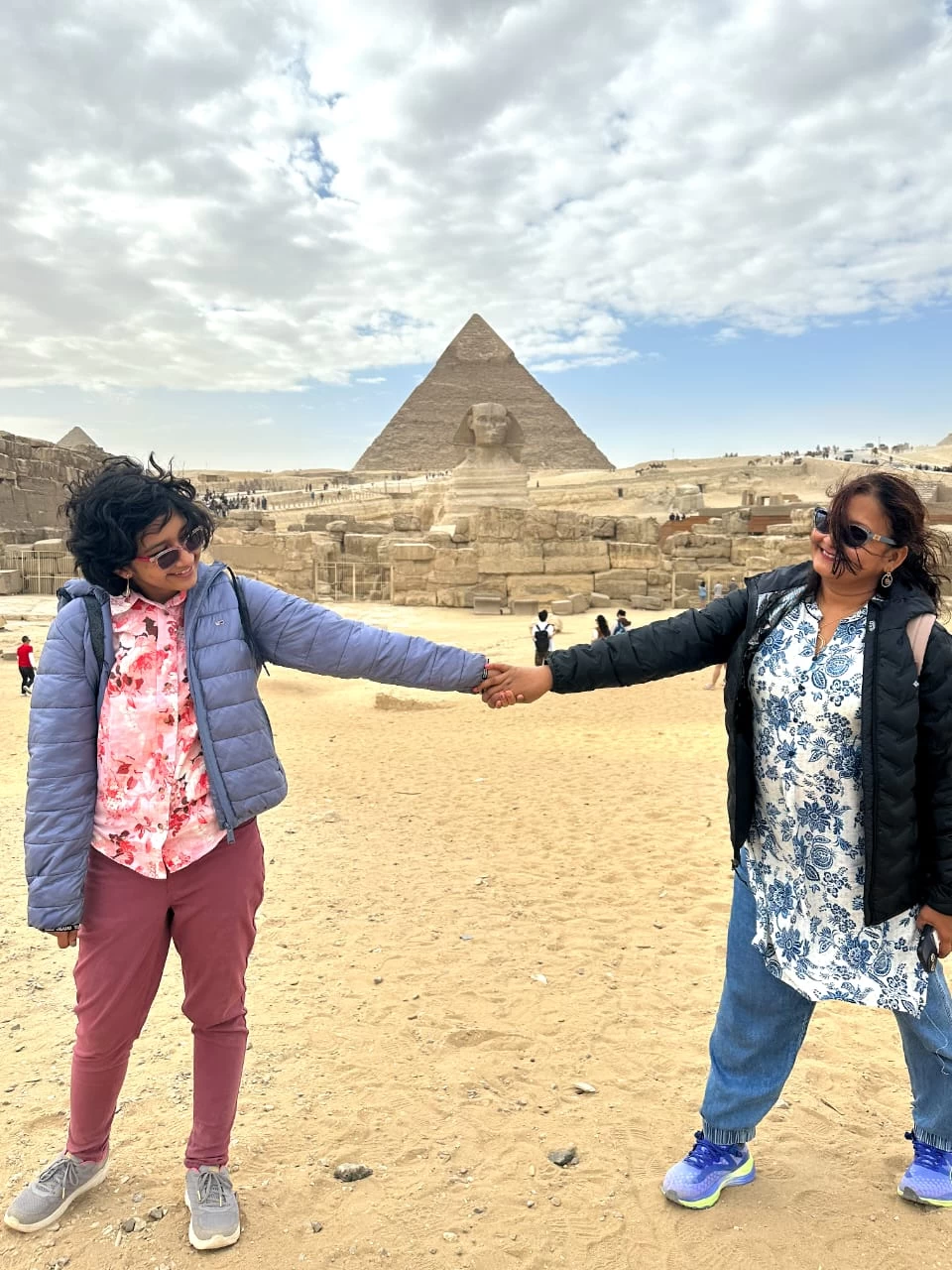
-webp.webp)
-webp.webp)










.png)

